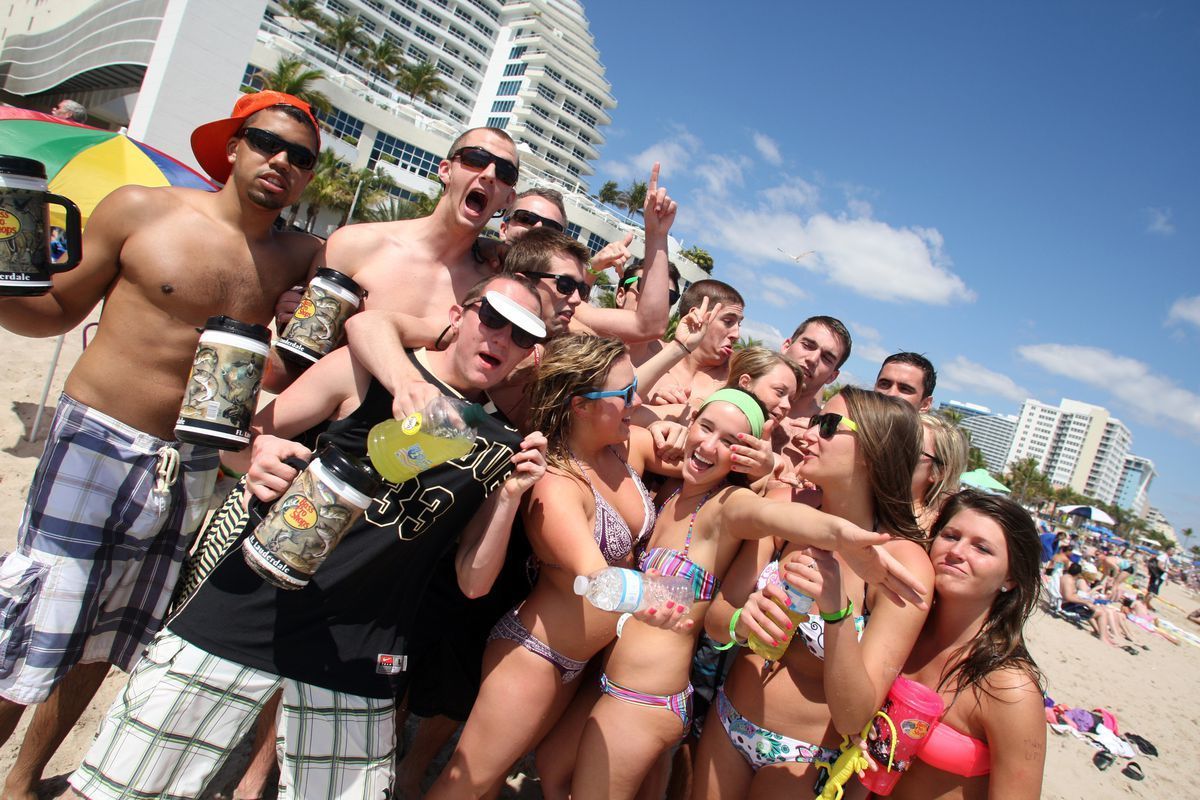Cruise ship Covid cases: Six passengers test positive on Royal Caribbean voyage | CNN Travel
Surpise. Not.
#corona #cruiseships
https://edition.cnn.com/travel/article/cruise-ship-covid-cases-royal-caribbean/index.html
7 Likes
7 Comments
Surpise. Not.
#corona #cruiseships
https://edition.cnn.com/travel/article/cruise-ship-covid-cases-royal-caribbean/index.html
This is a listing of the largest passenger ships built, by completion date, from 1831 to 2018, with tonnage and length.
With some edits and gawk, we can get a listing of the span elapsed (in years) from the previous record-holder:
| # | Launched | Previous | Span |
|---|---|---|---|
| 1 | 1831 | 1831 | * |
| 2 | 1837 | 1831 | 6 |
| 3 | 1839 | 1837 | 2 |
| 4 | 1840 | 1839 | 1 |
| 5 | 1843 | 1840 | 3 |
| 6 | 1853 | 1843 | 10 |
| 7 | 1858 | 1853 | 5 |
| 8 | 1888 | 1858 | 30 |
| 9 | 1893 | 1888 | 5 |
| 10 | 1897 | 1893 | 4 |
| 11 | 1899 | 1897 | 2 |
| 12 | 1901 | 1899 | 2 |
| 13 | 1903 | 1901 | 2 |
| 14 | 1904 | 1903 | 1 |
| 15 | 1906 | 1904 | 2 |
| 16 | 1907 | 1906 | 1 |
| 17 | 1907 | 1907 | 0 |
| 18 | 1911 | 1907 | 4 |
| 19 | 1912 | 1911 | 1 |
| 20 | 1912 | 1912 | 0 |
| 21 | 1913 | 1912 | 1 |
| 22 | 1914 | 1913 | 1 |
| 23 | 1922 | 1914 | 8 |
| 24 | 1935 | 1922 | 13 |
| 25 | 1936 | 1935 | 1 |
| 26 | 1936 | 1936 | 0 |
| 27 | 1946 | 1936 | 10 |
| 28 | 1962 | 1946 | 16 |
| 29 | 1987 | 1962 | 25 |
| 30 | 1995 | 1987 | 8 |
| 31 | 1996 | 1995 | 1 |
| 32 | 1998 | 1996 | 2 |
| 33 | 1999 | 1998 | 1 |
| 34 | 2000 | 1999 | 1 |
| 35 | 2002 | 2000 | 2 |
| 36 | 2003 | 2002 | 1 |
| 37 | 2006 | 2003 | 3 |
| 38 | 2007 | 2006 | 1 |
| 39 | 2009 | 2007 | 2 |
| 40 | 2016 | 2009 | 7 |
| 41 | 2018 | 2016 | 2 |
| 41 | 2021 | 2018 | 3 |
Sorting by span, we see the years in which the longest records ended:
| Rank | Launched | Previous | Span |
|---|---|---|---|
| 1 | 1888 | 30 | |
| 2 | 1987 | 25 | |
| 3 | 1962 | 16 | |
| 4 | 1935 | 13 | |
| 5 | 1853 | 10 | |
| 6 | 1946 | 10 | |
| 7 | 1922 | 8 | |
| 8 | 1995 | 8 | |
| 9 | 2016 | 7 | |
| 10 | 1837 | 6 |
And of we count the instances of decades we can see the decades in which the most record-breaking ships were launched.
Sorted by year:
| Ships | Decade |
|---|---|
| 3 | |
| 2 | |
| 2 | |
| 0 | |
| 0 | |
| 0 | |
| 1 | |
| 3 | |
| 6 | |
| 5 | |
| 1 | |
| 3 | |
| 1 | |
| 0 | |
| 1 | |
| 0 | |
| 1 | |
| 4 | |
| 6 | |
| 2 | |
| 1 |
And sorted by launches:
| Ships | Decade |
|---|---|
| 6 | |
| 6 | |
| 5 | |
| 4 | |
| 3 | |
| 3 | |
| 3 | |
| 2 | |
| 2 | |
| 2 | |
| 1 | |
| 1 | |
| 1 | |
| 1 | |
| 1 | |
| 1 | |
| 0 | |
| 0 | |
| 0 | |
| 0 | |
| 0 |
That's interestingly bi-modal. The 1900s peak was expected. The 2000s one somewhat less so, though it speaks to how much the cruise industry had grown since the 1980s. The long nearly-dry spell from 1936 to 1996 is particularly notable. That's 60 years, and though there were some entrants, the SS Normandie at 314m (1,029 ft) and 83,404 GRT was very nearly the longest and highest-tonnage vessel through the entire period. The RMS Queen Elizabeth and SS France managed to just edge her out in length, and the Elizabeth was just slightly higher in tonnage. The post-1990 era ships are heavier (to 137,308 GT), but remain shorter than the Normandie. The age of transoceanic airline travel (beginning seriously in the 1950s) and jet airliners (especially with the Boeing 707, beginning in October 1958) heralded the end of regular transoceanic commercial passenger service (and much continental passenger rail travel), as well as the notable subsidies of postal delivery ("RMS" stands for "royal mail ship", and carried mail under contract to the British Royal Mail. Other countries' ships offered similar services, and postal trains, with dedicated mail-sorting cars, were a huge boon to domestic rail service, being phased out in the US with the introduction of the Zone Improvement Plan, or ZIP code, in 1963). The subsequent cruise industry was dedicated far more to the voyage than the destination.
The SS Great Eastern, launched in 1858, at a time of very heavy reliance on trans-Atlantic sea shipping, is even more notable. At 18,915 GRT and 211m (692 ft), she held records for 41 years (tonnage) and 43 years (overall length), with her reign ending with her scrapping, and the title-holders from 1888-1899/1900 actually being smaller in dimension or displacement. The Great Eastern was near the limits of technology of the time, and proved uneconomical for much of her life.
The period since 2018 has seen no new recordbreaking ships commissioned, and in a post-Covid world, that spell may last a while.
https://en.wikipedia.org/wiki/Timeline_of_largest_passenger_ships
#PassengerShips #Records #transportation #technology #limits #progress #CruiseShips #tourism

Comas of temporarily abandoned cruise ships—maritime ruins in an age of COVID-19—have been popping up on the outer edges of Caribbean islands, visible in satellite photos of the sea.
Ships from Carnival, Celebrity, and Royal Caribbean now form a strange new archipelago, a network of ships “spread out loosely in three groups spanning some 30 miles” west from the Bahamas, The War Zone explains. …
...
[W]hat strikes me here is how the failure of a particular business model has had near-immediate spatial effects, verging on apocalyptic surreality: an overnight surplus of ships and their workers, with nowhere to go, are, for the indeterminate future, a kind of stateless micro-polity, inconveniently flagged to countries unwilling to offer support and unable to dock or disembark in intermediate nation-states for fear they might spread COVID-19.
In fact, as that New York Times link, above, points out, “An estimated 150,000 crew members with expired work contracts have been forced into continued labor aboard commercial ships worldwide to meet the demands of governments that have closed their borders and yet still want fuel, food and supplies.” 150,000! “The result has been a string of desperate emails, text messages and calls to shore. Pleas to governments have gone unanswered.”
-- Geoff Manaugh, May 7, 2020
The similarity in appearance of the ships to a field of tobacco mosaic virion particles is worth noting, as here:

Source: https://fineartamerica.com/featured/5-tobacco-mosaic-virus-tem-biology-pics.html
http://www.bldgblog.com/2020/05/snare-space/
#CruiseShips #travel #covid19 #EconomicImpacts #TheNewNormal #PostCovid

Unpardonable malpractice and incompetence by local, state, and federal officials threaten to trigger widespread distribution of COVID-19 through the US by way of a treasured college tradition: spring break.
Florida officials are not releasing testing results. Spring break is effectively now (Feburuary 29 - March 7).
As of 2015, half of all college students plan some kind of spring-break vacation or travel.
There's been news coverage of this. On February 25, the Chicago Tribune carried a story "Spring break is coming and the coronavirus is spreading. Here’s what to know before you go.", predicated on the information that:
The head of the World Health Organization said Monday the virus has “pandemic potential" but is not spreading uncontained across the globe “for the moment.”
What a difference four days makes.
At present, there are in fact multiple instances of community transmission within the US, though the CDC COVID-19 status page (archive) claims otherwise:
At this time, this virus is NOT currently spreading in the community in the United States.
Further, there are imediments on testing (insufficient materials, inappropriate protocols, official refusal to grant testing permission, as at UC Davis Medical Center), and confusion at the national and state levels in how to address the disease.
We know that cruise ships are about the worst possible place to be.
And we're about to see roughly ten million young people (half of the nineteen million college students in the US go out, get their mental states altered, congregate, exercise poor judgement, and then return to the campuses from which they came, all over the country, largely through the air travel network.
Remember that COVID-19 broke out in China just as its major travel event, Chinese New Year, hit. This helped spread the disease throughout the country.
The US are about to run the same experiment.
"Insanity is doing the same thing over and over again and expecting different results"
#covid19 #ncov2019 #coronavirus #florida #springBreak #epidemic #pandemic #cruiseShips #tourism